Planning your dream getaway to the Maldives or Singapore? Or maybe you’re heading abroad for work or study?
One of the first questions you’ll face is: Which airline should you choose to get your flight tickets done?
And what would you prioritize while traveling, cost or comfort?
Whenever you get up to book a flight, you’ll often come across two main types of airlines: Low-cost carriers (also called budget airlines) and full-service carriers (which mostly include national carriers or flag carriers).
But how would you differentiate between the airlines, whether you’re flying a budget airline or a full-service carrier?
Let’s break it down and help you decide which suits your travel style best.
Had a recent flying experience?✈️🌍
Sharing your journey can help others make smarter choices.
Take a moment to fill this Google Form and let us know how it went.
Every response helps us improve and keep travelers updated with real stories and tips!
Low-Cost Carriers (Budget Airlines)
Low-cost carriers, also known as budget airlines, are designed to get you from point A to B at the lowest possible fare, but don’t expect much beyond the seat itself. They focus entirely on affordability, cutting out extras like free meals, checked baggage, seat selection, and in-flight entertainment to keep prices competitive.
If you want to enjoy a snack, reserve a preferred seat, or check in your luggage, you’ll need to pay for each add-on separately. That includes everything from a hot meal to that window seat you were eyeing.
Budget carriers follow a “pay-as-you-fly” model, allowing travelers to customize their journey, but at a cost.
Popular examples of low-cost carriers include IndiGo, AirAsia, Ryanair, FlyDubai, Air Arabia, Wizz Air, Scoot, EasyJet, and many more.
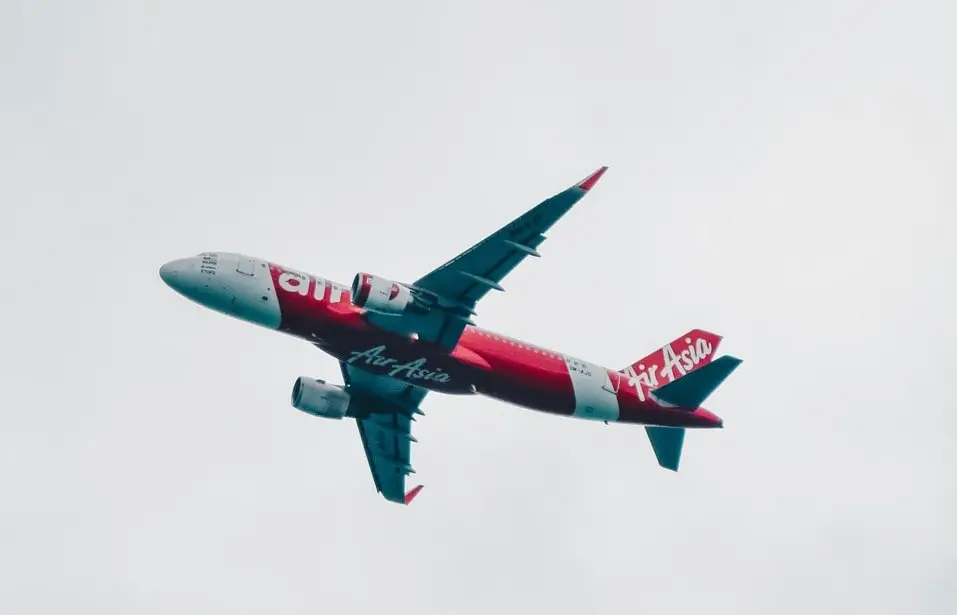
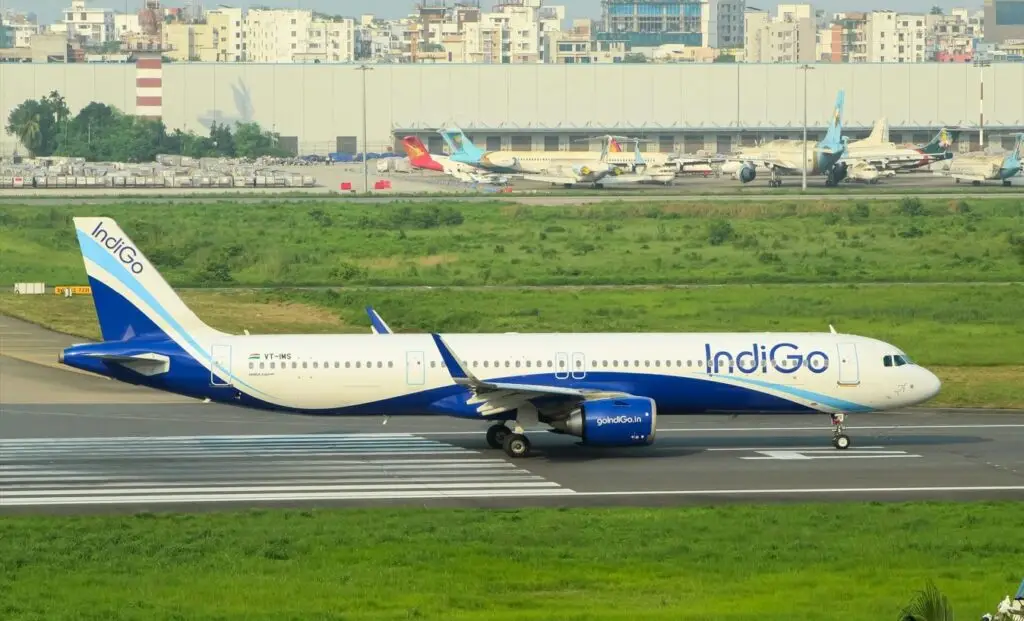
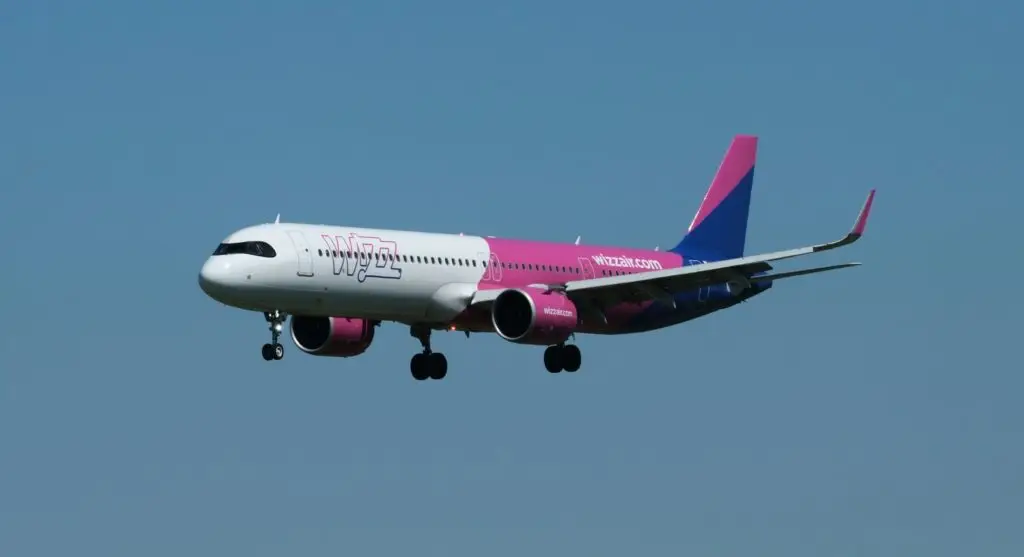
These airlines are great for short-haul trips or quick getaways, especially when you’re traveling light and don’t mind skipping the extras.
What You Get (and Don’t Get) on a Low-Cost Carrier
Budget airlines provide the bare essentials, with most extras available at an additional cost. Here’s what to expect when flying low-cost:
What You Get on a Low-Cost Carrier
- A basic seat assigned automatically by the airline (unless you pay to choose your own).
- One complimentary hand-carry bag, usually between 5–7 kg, is included in the fare.
- No checked luggage unless specified, with around 10 to 25 kgs included in some airlines.
- Either a complimentary snack or no meals or drinks onboard unless you’ve pre-purchased them.
- A magazine or minimal reading material, rarely any entertainment screens or digital options.
What You Usually Don’t Get on a Low-Cost Carrier
- Seat selection with more legroom or preferred position (exit row, window, front of cabin).
- Meals and beverages during the flight must be purchased in advance or onboard, while some airlines may provide complimentary snacks.
- Generous baggage allowance, you’ll need to buy extra weight if you carry more than the included hand luggage.
- In-flight entertainment, including screens, music, or Wi-Fi, is either missing or available at a fee.
- No lounge access perks or priority check-in while boarding
- Most budget airline fares are strict, non-refundable, or come with high cancellation fees.
- Budget airlines typically offer only one class of service, though a few may offer “premium” seats.
- Loyalty perks or mileage programs, you won’t earn much, if anything, toward future travel.
These airlines don’t offer many of the extras you might expect, like meals, entertainment, or added comfort, which may sound unfit to fly on those airlines at first. But don’t let that discourage you.
Despite their minimal service model, many budget airlines consistently win awards for service excellence in their category, both globally and within their operating regions.
Budget carriers are built for affordability, and they do it well. By removing complimentary meals, checked baggage, and seat selection, they focus on delivering the lowest possible base fare.
Just remember: every extra comes at a cost, from your snack to your seat. So, plan ahead and only pay for what you truly need.
Low-Cost Carriers are Great In Terms of –
- Lower Ticket Prices: Airfares tend to be cheaper compared to full-service carriers, making travel accessible to a broader audience. Budget airlines offer excellent value, especially if you’re looking for affordable fares without paying for things you don’t need.
- Faster Operations: They typically run smaller aircraft that spend less time on the ground, ensuring faster turnarounds and efficient operations.
- Best for Short-Haul and Regional Airports: Most budget carriers focus on short-haul or regional routes, working to connect as many cities as possible, including smaller or remote destinations that full-service airlines may not cover.
- Pay-Per-Service: Passengers traveling with just a hand-carry bag can avoid baggage fees altogether and breeze through the airport more quickly. You can travel only by paying for the things that you need.
- Overall Budget Friendly: Budget airlines are a great fit for budget-conscious travelers, weekend getaways, and even spontaneous trips Because of their low-cost structure
What makes these airlines stand out is the freedom to choose. You only pay for what you want, be it your favorite snack, a window seat with extra legroom, or extra baggage for your shopping haul or souvenirs.
So while the offerings may seem limited at first glance, budget airlines give you full control over your travel experience, on your terms, and within your budget.
If you’re hunting for the absolute cheapest flight tickets for your budget trip to Europe or Scandinavia, and don’t mind traveling light, budget airlines are your go-to.
But if you crave a rich, tailored flying experience with plenty of extra perks, buckle up; it’s time to dive into the world of full-service carriers that deliver so much more onboard.
Full-service Airlines or Flag Carriers
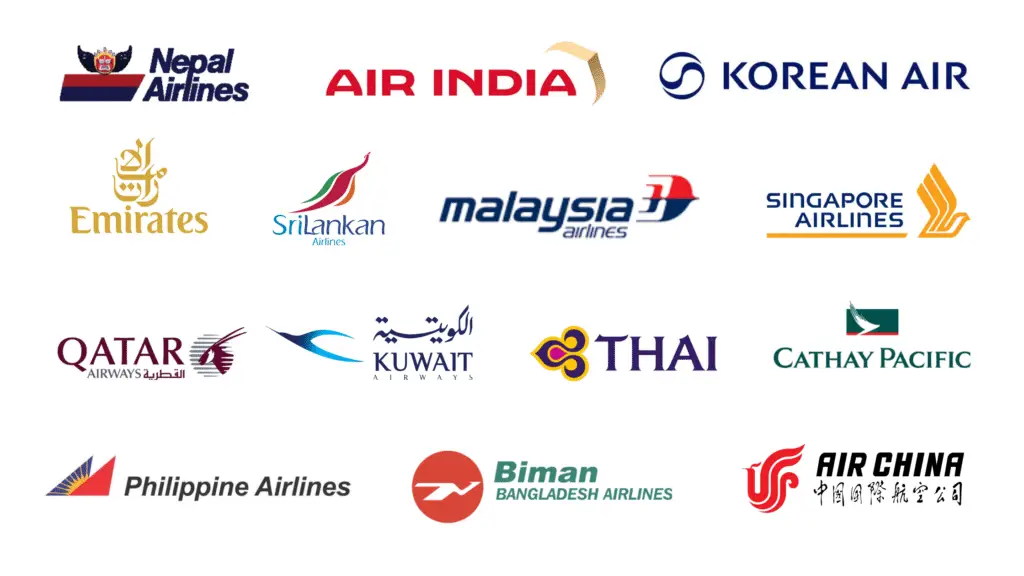
Full-service airlines or National flag carriers offer a great experience, with excellent meals, comfy seats, and even in-flight bars. These airlines redefine luxury in the sky, turning your flight into a memorable journey rather than just a commute.
On these airlines, you can enjoy nearly every service imaginable, from getting discounts to choosing your favorite meal to relaxing in a comfortable seat. You can even shower or enjoy a king-size bed in first class on some flights, as airlines like Emirates and Singapore Airlines provide.
National flag carriers usually fall under the full-service airlines list. You’ll often hear these airlines named after their country, like Nepal Airlines or Korean Air, or with unique names like Cathay Pacific and Lufthansa. In some developed countries, you’ll find several full-service airlines operating alongside the national carriers.
Examples include Nepal Airlines, Cathay Pacific, Thai Airways, Turkish Airlines, Qatar Airways, Malaysia Airlines, Korean Air, Air India, Singapore Airlines, Emirates, etc.
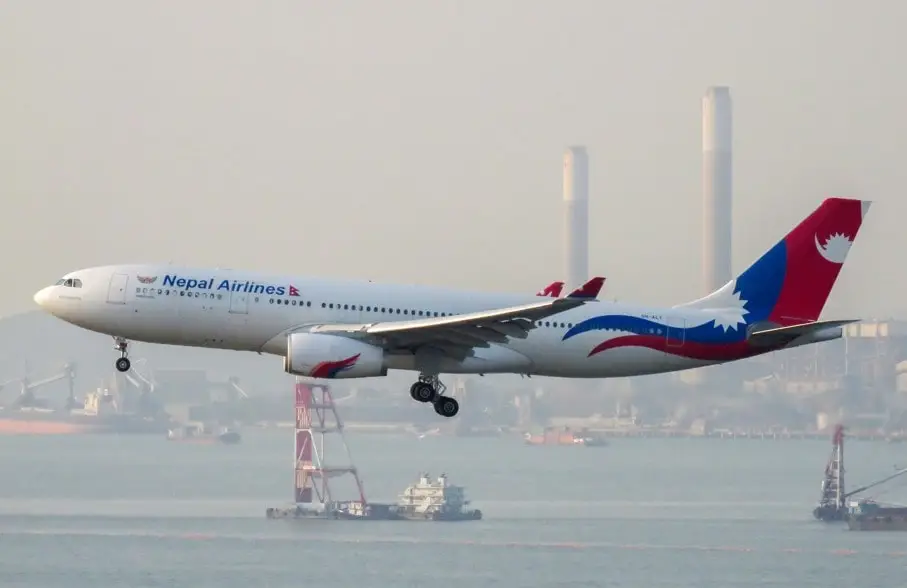
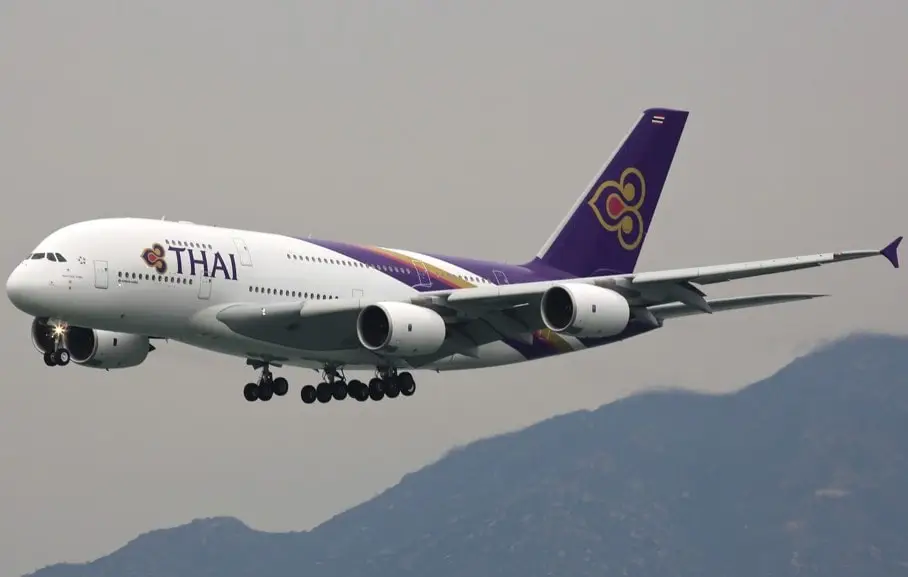
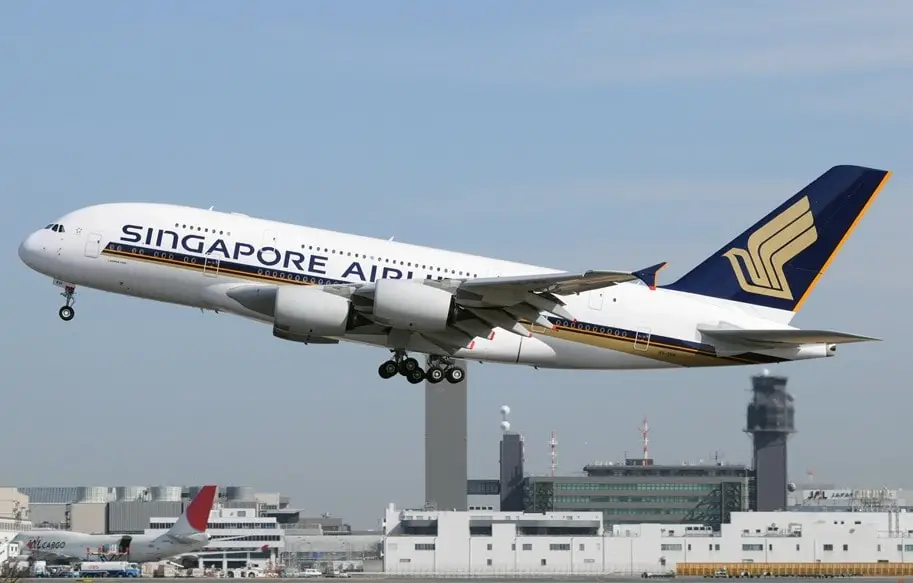
These airlines usually operate modern aircraft like the Boeing 777, Boeing 787 Dreamliner, Airbus A350, and Airbus A380, designed for comfort on long-haul flights lasting over 7 to 8 hours. (Some budget airlines also operate such aircraft for long-haul flights)
What You Get (and Don’t Get) on a Full-Service Airline
Their ticket prices cover more than just a seat. From the moment you arrive at the airport to the time you land and collect your luggage, you’re treated to a wide range of exceptional services.
Here’s what you get flying on a full-service airline.
What You Get on a Full-Service Airline
- Complimentary drinks and a wide choice of hot meals included in the ticket, ranging from veg and non-veg to continental options.
- Generous luggage allowance from 25-30 kgs to 46 kgs, with flexible options to upgrade your baggage.
- Opportunity to choose seats or cabin class that allow you to stretch and travel comfortably.
- In-flight entertainment with wifi and infotainment screens for watching your favorite movie, plus pillows and blankets for long-haul night flights.
- Availability of discounts for students and working professionals.
- Earn miles and loyalty rewards that can be redeemed for discounts on future flights.
- Lounge access perks and priority check-in service for first/business class and loyalty members
- Higher punctuality, maintaining customer service standards, backed by stronger global reputations and alliance support (like Star Alliance, Oneworld, or SkyTeam).
- Plus, with global alliances to expand your travel destinations, your travel options get way bigger – Hello, World!
Flight canceled due to natural events??
No worries!
These airlines will sort you out, rebooking you on the next flight so your journey doesn’t miss a beat.
The airlines take care of your time by rebooking you or providing reliable alternative travel options, often endorsing you on the next flight with themselves or another full-service carrier.
Plus, thoughtful services like MAAS (Meet and Assist) and wheelchair assistance are offered free of charge, because flying should feel effortless, not stressful, especially when you’re in good hands.
What You Don’t Get on a Full-Service Airlines
As the name suggests, full-service airlines provide nearly everything you could expect, much like staying in a high-end hotel.
The main trade-off is that tickets tend to be pricier than budget airlines. While full-service flag carrier airlines offer many great benefits, they can be a bit pricey and less flexible, so they might not be the best fit for travelers who are looking for cheaper and more flexible options.
However, if you book carefully during off-peak seasons, you can still find fares comparable to budget carriers and confirm your upcoming trip.
Full-Service Airlines Are Ideal For:
- Long Haul Flights: These airlines are perfect for travelers on extended international routes who want comfortable seating, meals, and a stress-free journey from start to finish.
- Premium and Business Travellers: Business and premium travelers looking for extra comfort and top-notch service can count on these carriers, as these airlines prioritize comfort, privacy, and top-tier service
- Frequent International Traveller: Ideal for those who travel often and value flexibility, extra perks, and a more relaxed flying experience, even if it means spending a bit more with national or full-service carriers.
These airlines also offer exclusive discounts for certain visa types as a way to attract and retain loyal customers. In fact, a Hong Kong-based airline once made headlines by offering free flight tickets to Hong Kong to boost tourism after COVID-19, now that’s one way to fill the skies and the city!
Whether you’re flying for business or leisure, full-service carriers turn long hours in the sky into a relaxing, well-catered experience, making your journey feel less like a chore and more like a treat. Because when you’re flying far, it’s not just about reaching the destination, it’s about enjoying the ride along the way.
With full-service airlines, you’re not just buying a seat, you’re investing in comfort, care, and a smoother journey from takeoff to touchdown.
Summary:
| FEATURES | LOW-COST CARRIERS | FULL-SERVICE CARRIERS |
| Base Fare | Comparatively Low | Higher, but includes extras like meals & baggage |
| Baggage | Extra charge/some may provide complimentary | Included |
| Meals/Drinks | Paid | Included |
| Seat Selection | Paid | Included |
| Comfort | Basic | Higher comfort levels |
| In-flight Entertainment | Barely Available | Infotainment screen, headphones |
| Best For | Short trips, budget | Long-haul flights, premium service |
Had a recent flying experience?✈️🌍
Sharing your journey can help others make smarter choices.
Take a moment to fill this Google Form and let us know how it went.
Every response helps us improve and keep travelers updated with real stories and tips!
Possible Exceptions
The services described above might not always be available to everyone, every time, due to some exceptions that can pop up unexpectedly. Some of these include:
Operation of a Codeshare Flight
Sometimes, you might confirm a ticket under a flag carrier’s or full-service carrier’s name and end up flying to a budget airline. This may occur when the national carrier’s subsidiary flies certain routes they don’t serve directly. So, you might take the first leg on a budget airline before connecting to a full-service carrier.
For example
If you book a flight with Emirates from Kathmandu (KTM) to New York (JFK), your first leg from KTM to Dubai (DXB) might be operated by FlyDubai, Emirates’ subsidiary, getting you from KTM to Dubai before you hop onto the real Emirates flight.
Flying for Chicago (ORD) from Kathmandu (KTM) via Etihad Airways ticket will make you board Air Arabia, the budget carrier of the UAE before you board the Etihad Airways flight from its hub airport, Abu Dhabi.
Think of it as a warm-up flight before the main. After that, you’ll board the full-service carrier for the long haul.
You’re flying with a budget airline simply because the full-service carrier you booked with doesn’t operate directly in Kathmandu (KTM). In such cases, the flight is operated by a partner airline, usually a budget subsidiary, and it’s known as a codeshare flight.
Aircraft swaps or downgrades
Even if you’ve booked that extra legroom seat with the perfect window view to make your journey unforgettable, airlines might swap to a smaller aircraft closer to your flight day, often to save fuel when the plane isn’t full.
This can mean less legroom, a change in seat comfort, and limited in-flight entertainment, even on full-service routes.
Luggage allowances can vary by ticket class
Airlines sell tickets as First, Business, Premium Economy, and Economy, but behind the scenes, seats are grouped into different fare classes or “fare buckets“.These fare buckets come with varying luggage allowances, ranging from as low as 25 kg for cheaper fares to about 35 kg for higher classes.
So, if you wonder why your friend, who paid ten thousand less, has the same luggage allowance as you, it’s probably because their ticket was confirmed in a lower fare class that happens to offer the same baggage allowance as yours. In short, paying more doesn’t always mean you get to carry more luggage!
Unavailability of Some Services
While full-service airlines typically offer free wheelchair assistance, sometimes these services come with limits. Airlines might only have a certain number of wheelchairs available per flight, mainly reserved for older and medically disabled passengers.
For example
If you’ve booked a wheelchair for your uncle from Kathmandu (KTM) to Toronto (YYZ), but he’s the 16th passenger requesting it on a flight that only has 15 available, unfortunately, he might miss out. Passengers who requested wheelchair service earlier may have already used up the available slots by the time it was your uncle’s turn.
Don’t be upset, sometimes it’s just a numbers game. The airline simply can’t stretch those resources beyond its limits.
Conclusion
The above explanations are based on my knowledge and personal experience. There may be recent updates with changes in airline policies that I might not be aware of. So, feel free to drop a comment below if you have something to add or correct!
Some budget airlines may have introduced membership or loyalty programs, while some full-service carriers might now offer zero-luggage options on lower fare classes. Who knows? In this ever-changing travel market, airlines are always adjusting to stay competitive!
By now, it’s somewhat clear that, if you value price over perks, go budget. But if you’re into comfort, smooth connections, and prefer convenience with a more relaxing experience (especially on international flights), a full-service carrier is worth every extra coin.
Remember, your airfare may seem cheap at first, but it might not stay the same once you add bags, seats, and snacks. Understand what’s included upfront, and you will save your time, stress, and money.
Final Thoughts
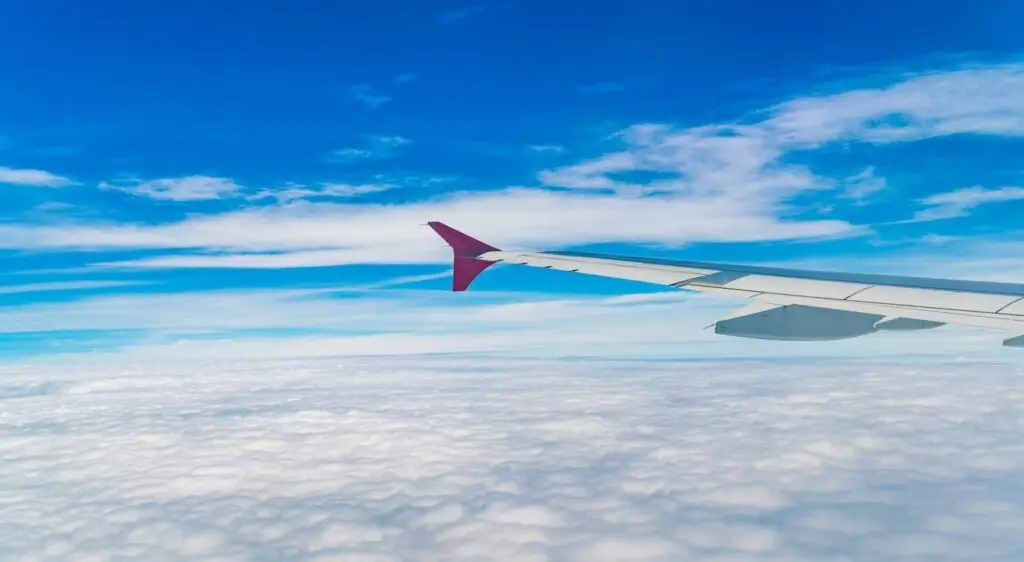
Okay, reader! One day, the day might arrive for you to fly somewhere, and you’ll wonder, “Which airline should I book?”
Well, here’s the simple breakdown:
Budget airlines are perfect for short trips with light luggage and tighter wallets, as you get the cheapest flight tickets.
Full-service airlines are your go-to for long-haul journeys, comfy seats, hot meals, and peace of mind.
So, go ahead, travel to help yourself freshen up!! Book your flight tickets now, and give both types of airlines a try and see for yourself! Then come back and tell us: did the airlines live up to the hype or skip a few perks? We’d love to hear about your in-flight adventures!
Fly smart, pick what fits, and take off with confidence...
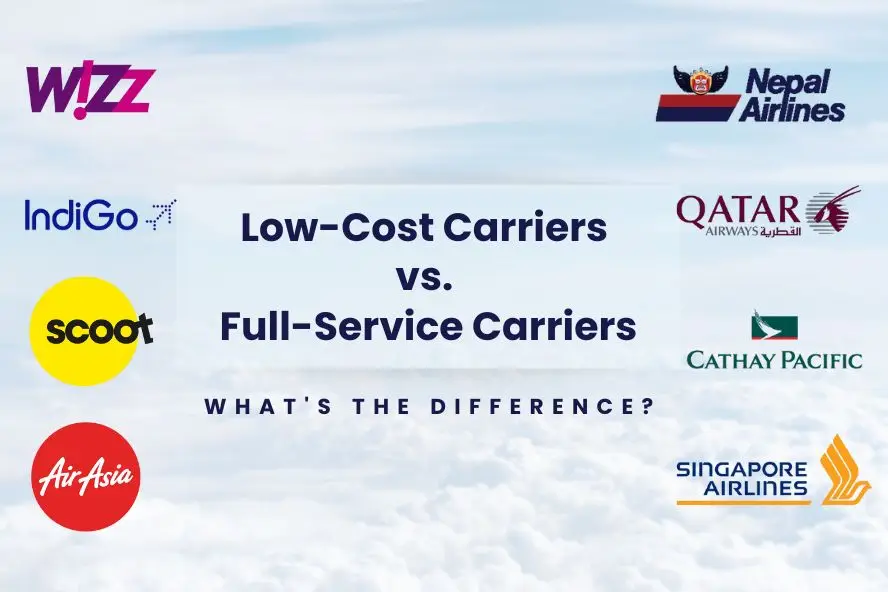

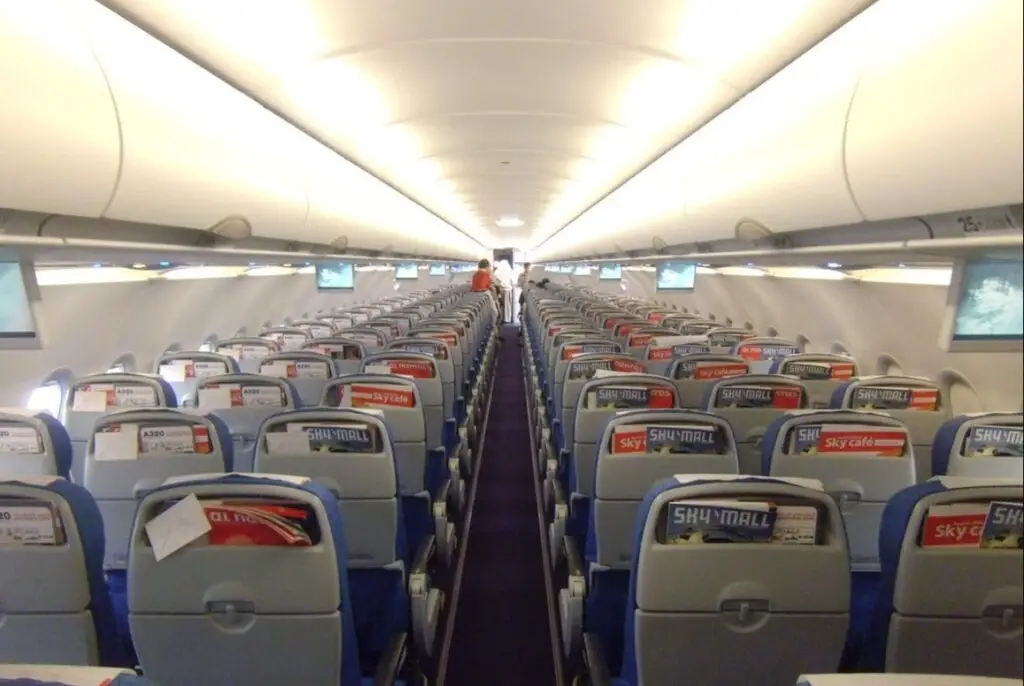
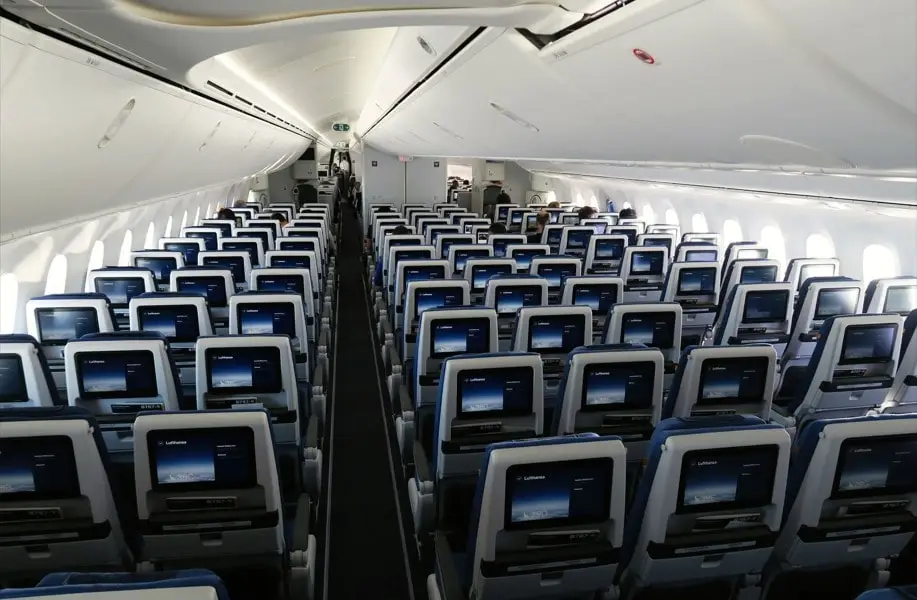
Pingback: Student Fare Discounts - Which Airlines Offer and What's Included